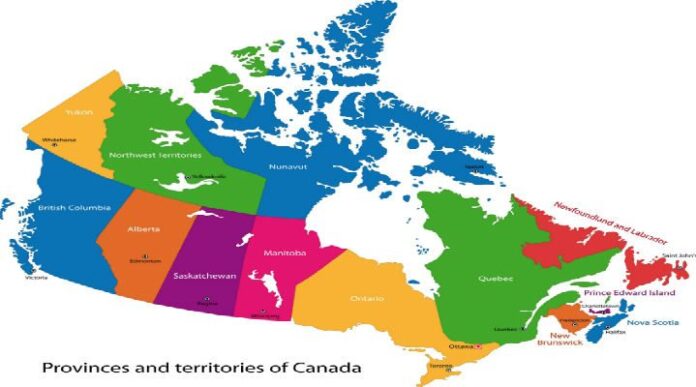Shaw to purchase Wind Mobile in a deal to take advantage of growing mobile market
Canadian telecom provider Shaw Communications is set to re-enter the mobile space, announcing plans to acquire Wind Mobile as part of a larger purchase valued at $1.1 billion ($1.6 billion Canadian dollars).
Shaw said the deal, which involves the purchase of Wind parent company Mid-Bowline Group, positions the company to take advantage of the growing mobile communications space. Shaw said it plans to retain Wind CEO Alek Krstajic as part of the company.
Wind is currently Canada’s largest “non-incumbent” wireless provider, serving approximately 940,000 customers in Ontario, British Columbia and Alberta. The carrier operates with 50 megahertz of spectrum across its regions.
“The global telecom landscape is quickly evolving towards ‘mobile-first’ product offerings as consumers demand ubiquitous connectivity from their service providers. The acquisition of Wind provides Shaw with a unique platform in the wireless sector which will allow us to offer a converged network solution to our customers that leverages our full portfolio of best-in-class telecom services, including fiber, cable, Wi-Fi and now wireless,” said Shaw CEO Brad Shaw. “This transaction represents a transformational step in the history of Shaw and we are excited about our future growth prospects in mobile. This growth will be accelerated by combining Shaw’s existing customer relationships, trusted brand and wireline and Wi-Fi infrastructure with Wind’s impressive asset base, including its existing spectrum position and mobile network.”
Analyst noted Shaw was feeling the financial impact from not being a larger participant in the mobile space, citing a year-over-year drop in consumer video, voice and Internet revenue generating units. Shaw will also have to set aside investments to bolster Wind’s cellular network with LTE capabilities.
“Shaw faced intensifying competition from rivals pushing fixed-mobile bundles and needed to shore up its own offering with a full ‘quad-play’ package of services,” explained IHS Technology senior analyst Seth Wallis Jones and senior manager Julian Watson. “While this acquisition will not be a panacea for all issues facing the operator and significant investment will be required, it closes a key front that had been left open and helps to level the playing field with telco competitors Telus (in Alberta and British Columbia) and Bell Canada. Telus and Bell Canada have been eating into Shaw’s lead in the pay-TV market as they deploy high-speed fiber networks with IPTV, in addition to offering satellite TV services.”
Citing competitive concerns, Shaw in late 2011 ditched its cellular efforts all together in favor of plans to rollout wireless data services using Wi-Fi technology running across unlicensed spectrum.
“We believe that a more prudent approach for us is to provide a managed Wi-Fi network that will allow our customers to extend their Shaw services beyond the home,” the company noted at the time. “This will achieve our objectives without risking well over $1 billion in capital expenditures on a traditional wireless network build.”
The company in 2013 announced a deal to sell its licensed spectrum holdings and other assets to Rogers Communications for approximately CA$700 million. Shaw had originally picked up 18 wireless spectrum licenses covering parts of western Canada and Ontario during Canada’s 1.7/2.1 GHz spectrum auction in 2008 for $190 million. Those licenses included 20 megahertz of spectrum per license. Shaw had initially said it planned to launch a HSPA+ network in early 2011, before pushing back those efforts until 2012 with the idea of using LTE technology.
Wind Mobile in 2013 was at the center of Verizon Communications’ rumored entry plans into the Canadian mobile telecom space. Reports had suggested Verizon was looking to purchase the beleaguered operator for $800 million as part of a larger plan to participate in Canada’s 700 MHz spectrum auction. That auction eventually raised $4.8 billion, but no new entrants into Canada’s mobile space.
Bored? Why not follow me on Twitter

